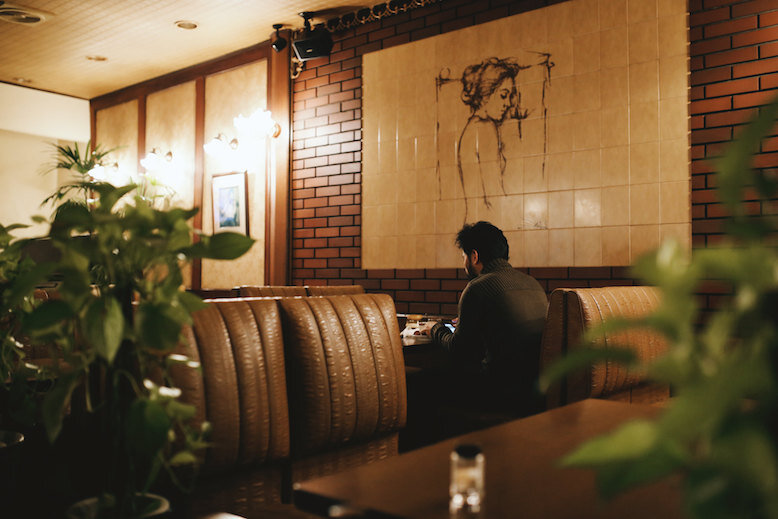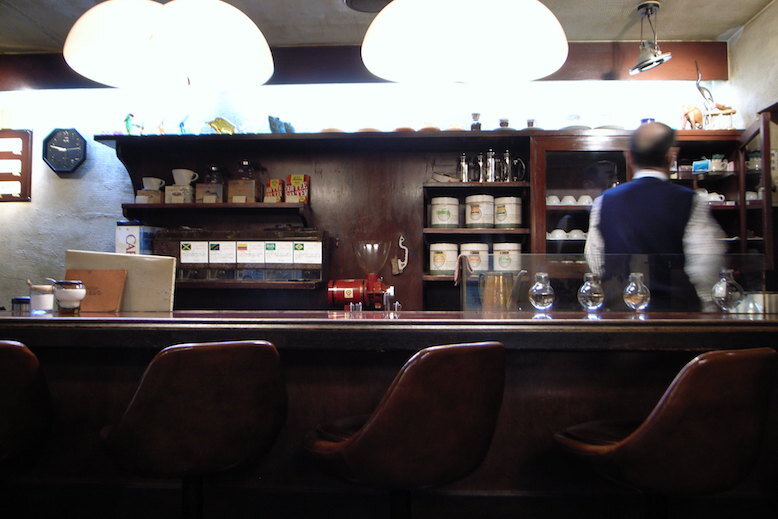Despite its popularity for being at the forefront of technological advancements, Japan maintains a quiet but firm relationship with nostalgia. This powerful sentiment is an important connection to the past and often brings happy memories.

A traditional kissaten. (Photo from: m_takahashi/CC BY-SA 2.0 via Flickr)
The Japanese culture has kind of found a perfect balance between the new and old. That is perhaps why the kissaten (喫茶店), a traditional Japanese coffee shop, has managed to survive the tentacles of modernisation and still holds a special place in people’s hearts today.
The history of the kissaten
Coffee beans saw its emergence in Japan around 200 years ago as a result of trade and growing influences from the western world. However, it only started to gain acceptance and popularity during the Showa Era (1926-1989). Consequently, this period also gave rise to the kissaten.
These traditional Japanese-style coffee shops often have a simple menu of sandwiches, light meals and sweets. The real emphasis is on coffee craftsmanship — from roasting beans to specific brewing methods and even down to the type of coffee cups used.

A traditional Japanese kissaten counter. (Photo from: ta@keshi kimi/CC BY-SA 2.0 via Flickr)
Back in its heydays, it was a place for Japanese businessmen to discuss matters and get lost in deep thoughts. It was a sanctuary where one can eat, drink and read a book in peace and it was also a space for young people to date and fall in love.
With a hushed atmosphere interrupted only by soft ambient music and the wafting of cigarette smoke, Japan’s traditional kissatens have become icons that are ingrained in Japanese culture.



